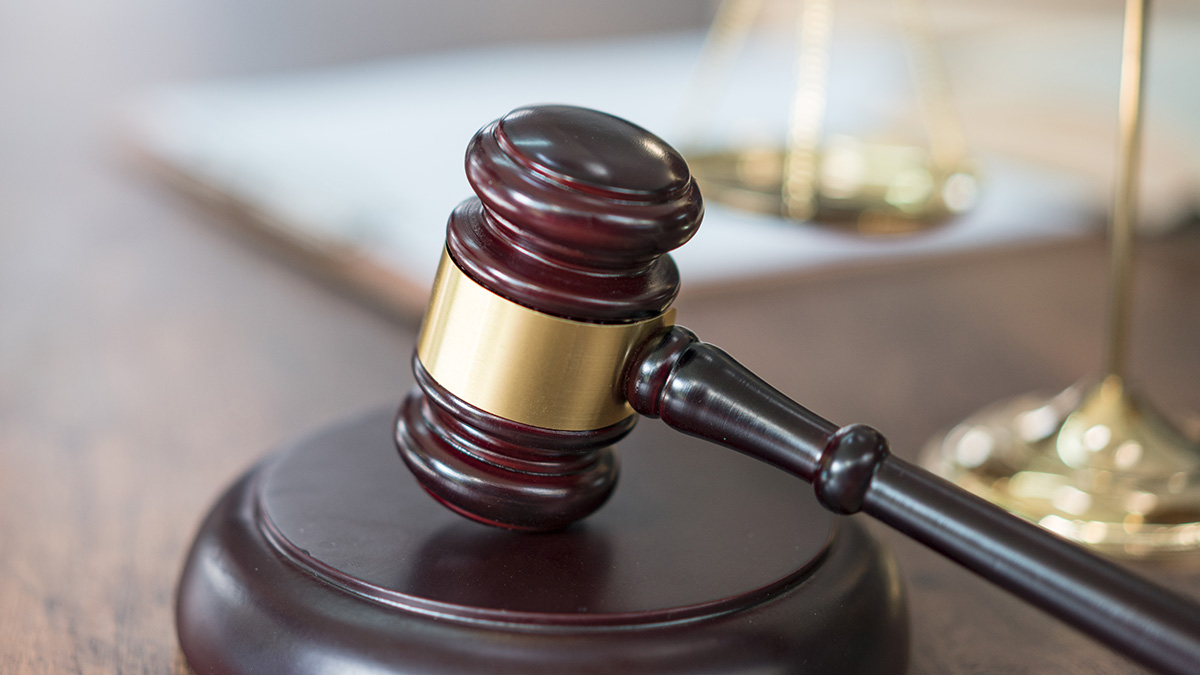The summer of 2020 will go down in the history books — not just because the pandemic shut down the world, but because the murder of George Floyd opened the eyes of the world and sparked global calls for change.
In D.C., people rallied for that change in Lafayette Square and Black Lives Matter Plaza. They used the fence that the Trump administration put up as a message billboard.
Two strangers who were part of the movement became the keepers of that fence to ensure people’s voices there were heard and preserved.
“Just being a Black person living in America, I had to be a part of it,” said Nadine Seiler, a native of Trinidad and Tobago who now lives in Maryland.
We've got the news you need to know to start your day. Sign up for the First & 4Most morning newsletter — delivered to your inbox daily. >Sign up here.

Seiler made Black Lives Matter Plaza and the sidewalk in front of the fence outside of the White House her home for three months.
“People were protesting, and when they were finished protesting, they would put their signs, their protest signs, either on the ground or they would adhere them to the fence,” Seiler said.
Seiler and Karen Irwin, a woman she met while protesting, joined together and made it their mission to protect the integrity of the hundreds of signs and posters that people placed on the fence to voice their frustrations, following the murder of George Floyd.

“Most of them were Black Lives Matter centered, but there were signs about ‘stop killing us.’ There were signs about 'legalize blackness.’ There were signs about the police, defund the police,” Nadine said.
As the summer wore on, the fence and its signs became a backdrop, a monument, a place for people to stop and take pictures as a reminder of the moment, the movement.

Seiler grew frustrated watching people step on or over the signs and messages that had fallen off the fence.
“And from that, I just started picking it up. First, it was five minutes, then 10 minutes, then an hour, then hours, and the next thing you know, it grew into months,” Seiler said.
In late October 2020, a small group of men and women who identify themselves as conservative Christian activists and Trump supporters ripped most of the messages off of the fence.
One of the women in the group, Bevelyn Beatty, posted videos on social media of herself ripping down the signs and boasting about vandalizing what she called “the alter of the Black Lives Matter movement.”
Seiler recorded some of the confrontations as she and others tried to convince them to stop.
“I felt frustrated. I felt angry and everything and I didn’t want to leave that night, because they came back three times within a space of a few hours. They vandalized it three times within a space of a few hours,” Seiler said.
“I was angry that somebody does something meaningful for themselves, and somebody else’s response to it is to destroy it,” Irwin said.
Afraid to leave the fence unprotected, Seiler vowed to stay, and Irwin stayed with her.
“If you could see Nadine — one of the kindest, most amazing, decent humans I’ve met in my life — pacing back and forth in front of the fence because something might get removed,” Irwin said.

For months in the rain, the cold and even some snow, they lived there, protecting, repairing and preserving the messages on the fence. For Irwin and Seiler, it was just what they had to do.
“It was never a decision, it was just, this is the thing you have to stay and do because there’s still danger,” Irwin said. “Nadine’s job is like curator. Right? Nadine’s job is to wave the flags and wear the costumes, and to yell at people, and to make the signage make sense, and to give me direction as to what, where it is I could be more useful,” Irwin said.
“For us, these are our families, these are our people. We are going to say that they matter and we're going to make sure you don’t do it,” Seiler said.

Seiler and Irwin preserved approximately 900 of the messages and signs that were on the fence.
They, along with people from the Black Lives Matter movement, are hoping that a museum or an organization will preserve them in a space or in a way that they will be valued.
The Smithsonian can only take items if they know the original creator, and in this case, it is hard to know everyone who created a sign that went up on that fence.
Photographer Robin Fader, who has worked at NBC4 for many years, beautifully documented Seiler and Irwin’s mission to preserve the fence.



